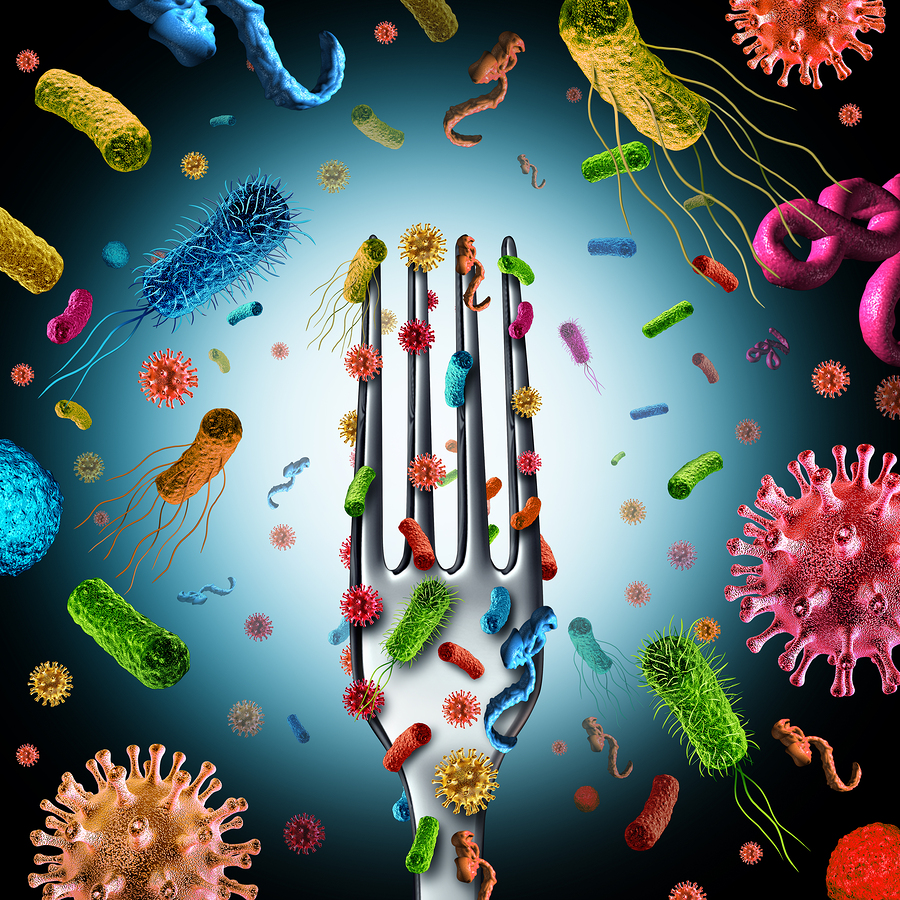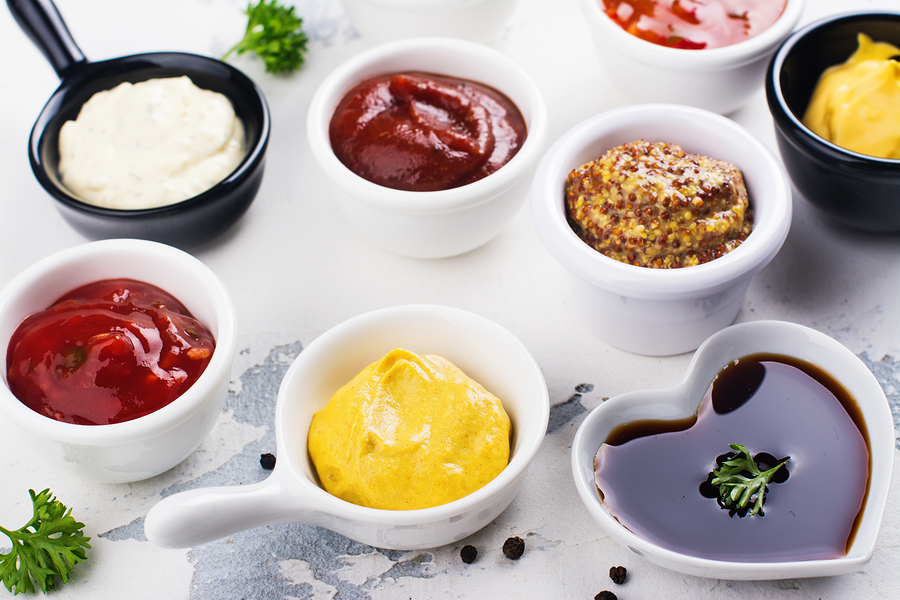- Make It Yourself Lavender Heart-Shaped Bath Bombs!
- 20 Things You Never Knew About “Down There”
- 12 Best Foods For Those Suffering From Arthritis Pain
- 12 Personal Hygiene Mistakes Almost Everyone Makes (Mom Never Told You About #4!)
- 15 Medicinal Plants And Herbs From The Cherokee People
- 12 Mind-Blowing Benefits Of Drinking Coconut Water During Pregnancy
- 12 Outstanding Winter Foods That Won’t Fatten You Up Like A Christmas Turkey
3 Top Eating Habits That Spread Bacteria (#3 Is Pretty Obvious, Yet So Surprising!)
Germs. We all know that they can spread disease, and everyone is trained from a young age to cover their mouth when they sneeze and cough to avoid spreading germs. Did you know that the way you eat is a key factor in how likely you are to come into contact with bacteria, or even spread it to others? Today we’re going to explore how we inadvertently spread bacteria all the time through food, and whether or not this is something that should concern you.
1. Common Misconceptions.
You have probably heard of the famous “Five Second Rule.” This is the idea that if you drop your food on the floor and pick it up within five seconds, it is okay to eat because the germs did not have time to attach to the food. This might sound comforting, but is this true? Or just an urban legend that somehow became conventional wisdom?
A food science research team at Clemson University decided to carry out an experiment to find out. Led by Dr. Paul Dawson, the team put together an experiment to determine exactly how long it took food to become contaminated after coming into contact with a surface that was covered in bacteria.
They spread salmonella typhyrium on several different surfaces, including wood, carpet, and tile, to replicate the different types of flooring found in a typical home. Next, they dropped some bread or a slice of bologna onto the contaminated surface and let it sit there for five, 30 or 60 seconds. They repeated this procedure two, four, eight, and 24 hours later to see if the passing of time affected the likelihood of bacterial transmission.
The team’s findings were interesting. It seems the Five Second Rule is not scientifically sound. The researchers found that bacteria were able to contaminate the food almost immediately, even within that five second window. However, the food that was left on the surface for longer periods of time did have more bacteria, so there is some truth to the idea that less time the food is on the floor, the less contaminated it will become. The type of bacteria and how much is present seems to play a greater role in determining whether it is dangerous or not. If it is a bacterium like salmonella, it is much more serious than some others. Also, if the food is wet or sticky, this will cause more of the bacteria to affix itself to the food.
Finally, the type of floor surface itself will influence how much bacteria is transmitted. The carpeted surface transmitted the least amount of bacteria, while the tile transmitted the most.
The bottom line: Just don’t eat food off the floor. It’s unlikely that there is salmonella on a typical floor, but you will still be eating bacteria. Besides, it’s just bad manners.
Continue to Page 2
2. The Dangers of Double-Dipping.
It’s generally agreed upon that you should not re-dip a chip or cookie back in a condiment after you have taken a bite. After all, if sharing drink can spread germs, it’s just common sense that double-dipping can spread germs as well.
Dr. Dawson and his team ran an experiment on this as well. Not surprisingly, testing various sauces and dips after someone had double-dipped in them found that there were higher levels of bacteria. However, the type of dip was major factor in determining how much bacteria was present.
The highest levels were found in salsa, and the reason is simpler than you might think. Salsa is much more likely to fall off the chip back into the bowl than other dips, like melted cheese, chocolate, etc.
The bottom line: Again, this is something you just shouldn’t do. Not just because it is a social faux pax, but because it can indeed spread your oral bacteria to other people, even though the type of dip is a significant factor.
RELATED: Top Ways to Protect Yourself from Any Virus or Bacteria
3. Birthday Bacteria.
This last one is pretty obvious, though many people would never think of it. Blowing out birthday candles can spread airborne germs onto the cake, which in turn can infect people who eat that cake. It’s really no different than coughing on something.
Dr. Dawson’s team found that a cake which had blown-out candles had bacteria levels almost 15 times higher than a cake that was not blown on.
Does this mean you should abandon the tradition of blowing out birthday candles? Not so fast. There’s no real risk if you or the person blowing are not sick. Everybody’s mouth has bacteria, and it is not something to be concerned about unless you are actually under the weather.
The bottom line: Blowing out birthday candles is fine, as long as the person doing the blowing is healthy.
References:


































